How does human vision compare to a Dog, Cat and a Horse, Bird and Bee?
Vision is a remarkable sense that varies across different species, each adapted to its ecological niche and needs. Comparing vision in humans with other species reveals a fascinating array of visual systems and adaptations. To understand how animals see the world we must look at the anatomical differences between the species.
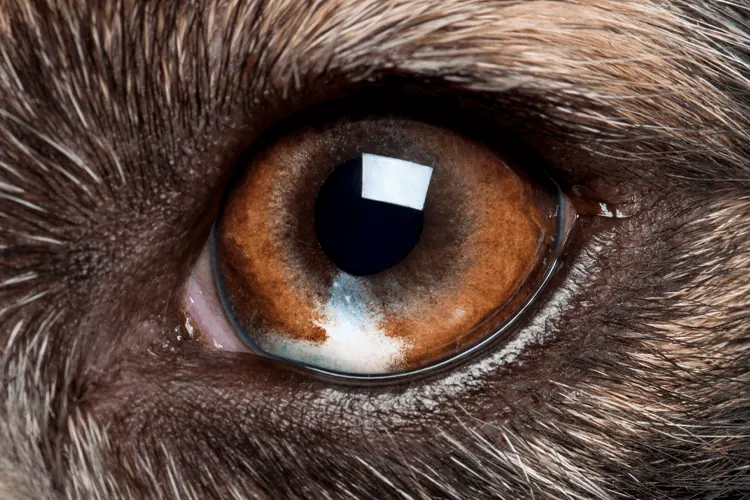 The position of the eyes and the shape of the head determines the visual field. Predators (e.g. Humans, Dogs & Cats) have forward facing eyes with a large area of overlapping ‘binocular’ vision that allows for depth perception. Depth perception is required when predator species are pouncing on their food or playing tennis! Prey species (e.g. Horses and Rabbits) have eyes positioned on the side of their head to allow for the widest field of view, because watching out for predators is of prime importance to them.
The position of the eyes and the shape of the head determines the visual field. Predators (e.g. Humans, Dogs & Cats) have forward facing eyes with a large area of overlapping ‘binocular’ vision that allows for depth perception. Depth perception is required when predator species are pouncing on their food or playing tennis! Prey species (e.g. Horses and Rabbits) have eyes positioned on the side of their head to allow for the widest field of view, because watching out for predators is of prime importance to them.
Photoreceptors are cells in the retina that are sensitive to light. Cone photoreceptors provide high definition day-light colour vision whereas rod photoreceptors provide low definition night vision and sensitivity to movement. Predators tend to have a higher number of cone photoreceptors and prey species have a higher population of rod photoreceptors.
The majority of domestic species (except pigs) have an additional mirror-like layer behind the retina called the tapetum. This layer bounces light back onto the retina to improve sensitivity under low-light conditions. This layer gives our pets eye-shine at night and it is common to see different shades of green, blue yellow and pink.
Veterinary surgeons are often asked ”which animal has the best vision?”. However this is an impossible question to answer because the sight of every animal has evolved to suit the environment that they inhabit. A horse may be more sensitive to movement over a wide field of view under low-light conditions, whereas a bird may be able to detect Ultraviolet light that is invisible to humans.
Humans:
Our eyes are forward-facing, with 120 degrees of binocular vision that provides depth perception and a three-dimensional view. Our total field of view is approximately 200 degrees and we have three types of colour receptors (trichromatic), allowing us to perceive a broad spectrum of colours, including reds and yellows. Our vision is well-suited for activities that require recognition of fine details, and assessing the world in rich colour.
The human eye is adapted to diurnal (daytime) vision. We have a large fovea, which is an area of the retina that is densely packed with cone photoreceptors, providing high visual acuity for activities that require precise discrimination, like reading, identifying faces or driving a car. While our colour vision is highly developed, we have a less acute sense of motion detection and poor night vision compared to most other domestic animals.
Key facts Human:
- Trichromatic
- Total field of view 200 degrees
- Binocular field of view 120 degrees
- Flicker fusion 50Hz
Dogs:
Dogs have a visual system that is well-suited to their role as hunters and companions. The position and size of the forward facing eyes will vary between breeds with some dogs having a longer nose than others (Pugs vs Labradors). Most dogs will have a total visual field of 240 degrees, which is wider than the human visual field, but they only have approximately half the binocular overlap that we use for depth perception.
Dogs have dichromatic vision, perceiving the world in shades of blue and yellow. This means that dogs do not have the ability to clearly distinguish between reds and greens, as these colours fall outside their perceptual range. Dogs eyes can process more images per second than humans and this allows for a greater sense of motion detection. While their colour vision is less advanced than that of humans, Dogs excel in low-light environments, making them effective hunters and watchdogs.
Research has demonstrated that humans have visual acuity (ability of the eye to distinguish shapes and the details of objects at a given distance)that is approximately three times greater than Dogs e.g. if we are stood 75feet from an object we can clearly see, a dog would need to be 55feet closer to the object to identify the same level of detail.
Key facts Dog:
- Dichromatic, cannot distinguish between red & green
- Total field of view 240 degrees
- Binocular field of view 60 degrees
- Flicker fusion 75Hz with improved motion detection compared to humans
- Majority of dogs do not have a refractive error
- Rottweilers may be short-sighted
- Visual acuity 20/75
Cats:
Cats, revered throughout history for their mysterious and enigmatic nature, possess a unique visual system. Cats are crepuscular hunters, meaning that they are most active at dawn and dusk. They have vertical slit pupils that can rapidly adjust in size depending on the level of light. Their pupils allow them to switch between near and far vision, which is a valuable trait for activities like pouncing on a toy or stalking distant prey.
Cats have dichromatic vision similar to dogs and horses, perceiving the world in shades of blue and yellow and they cannot distinguish between red & green. Cats have acute night vision is a result of the tapetum, a reflective layer behind the retina that enhances sensitivity to low light. While cats cannot see as many colours as humans, they have a wider binocular overlap, excel in detecting motion and have excellent peripheral vision.
While cats excel in night vision and motion detection, their visual acuity is not as sharp as that of humans. A cat's visual acuity is roughly 20/150, meaning that what a cat can see clearly at 20 feet, a human can see at 150 feet. However, their ability to focus on close objects, especially those within a few feet, is exceptional, aiding them in calculating precise jumps and capturing small prey.
Their visual acuity, coupled with their unique night vision adaptations, makes them exceptional hunters.
Key facts Cat:
- Dichromatic, cannot distinguish between red & green
- Total field of view 200 degrees
- Wide binocular field of view 140 degrees
- Flicker fusion 70-100Hz, excellent motion detection in the environment close to them
- Night vision x6 better than human
- 20/150
Horses:
Horses have one of the largest eyes among land mammals. Their eyes are positioned on the sides of their heads, which, while limiting their binocular vision, grants them an expansive almost 360-degree field of view. This panoramic sight is crucial for early predator detection which is a survival trait for a prey animal. However, it comes with a trade-off in depth perception.
The pupils of horses are horizontally elongated, which enhances their ability to scan the horizon and detect potential threats. This feature also allows more light into the eye, aiding in low-light vision, although not to the extent seen in nocturnal predators like cats. While horses are not as adept at night vision as some nocturnal animals, they have better night vision than humans. Horses also have a reflective tapetum that increases the light available to the photoreceptors, enhancing their ability to see at night. However, this sensitivity to light also means that horses need more time to adjust when moving between different light levels. The transition from a bright outdoor environment to a dimly lit stable, for example, can be momentarily disorienting for a horse.
Horses have dichromatic vision and can primarily perceive the world in shades of blue and green, with limited ability to see reds and yellows. In terms of visual acuity, horses have relatively poor resolution compared to humans. Their acuity is estimated to be around 20/33, which means they cannot see fine details as humans do. However, their vision is well-suited for detecting movement and identifying large objects over a wide landscape.
Key facts Horse:
- Dichromatic, cannot distinguish between red & green
- Panoramic total field of view of 362 degrees
- Binocular field of view 65 degrees
- Horizontal (rectangular) pupil
- Cannot see under their nose or behind their tail
- 20/33
Birds:
Birds have evolved from dinosaurs and their eyes have adapted to the habitat that they occupy and the way in which they obtain food. The eyes of an Owl hunting at night are quite different to that of a Pigeon or a swimming Penguin.
The field of view in birds varies significantly across species. Predatory birds, like eagles and hawks, have eyes positioned more towards the front, providing binocular vision that aids in depth perception critical for hunting. Conversely, birds like sparrows, whose eyes are more on the sides of their heads, have a wider field of view, which is crucial for detecting predators.
Many birds have not one but two foveae (the focal point of the retina) in each eye, allowing them to see both forward and to the side simultaneously. This adaptation is particularly useful for birds in flight, enabling them to navigate efficiently and react to their surroundings swiftly. Diving birds have a flattened cornea that reduces refraction, aiding in clear vision underwater. Nocturnal birds, like owls, have a very large eyes and high density of rod cells, allowing them to see effectively at night.
The majority of birds have four types of cone receptors within their retina and are known as tetrachromatic. This adaptation allows birds to be able to see light in the ultraviolet (UV) range, perceiving patterns and signals that are invisible to humans. Some birds have plumage that reflects UV light which is crucial in their communication and mating rituals, while others use UV to find particular plants. It is remarkable to consider that some predatory birds are thought to track their prey through fields by following urine trails left by small mammals hundreds of feet below.
Bird vision is a complex and highly specialised system that varies widely across species. From the sharp, focused eyesight of predatory birds to the broad, panoramic view of smaller birds, each species' visual system is finely tuned to its ecological niche. Understanding bird vision not only fascinates us with the marvels of evolution but also underscores the importance of preserving diverse habitats that cater to the unique sensory needs of these remarkable creatures.
Key facts Birds:
- Tetrachromatic, can see Red, Green, Blue and Ultraviolet (UV) light
- Hunting species have high definition binocular vision
- Prey species have a motion sensitive panoramic field of view
- Many birds have two fovea so that they can see clearly in two directions at the same time
- Birds that swim have a flattened cornea so they can see underwater
Bees:
Bee eyes are marvels of evolutionary design, specialized to support their way of life, particularly foraging and navigation. Bees have a total of five eyes with two large ‘compound eyes’ and three small ‘ocelli’. The compound eyes are the most visually striking, comprising thousands of tiny lenses, or ommatidia, each acting as a separate photoreceptive unit. This structure allows bees to have a nearly 360-degree field of vision, crucial for detecting predators and navigating through complex environments.
The compound eyes of bees are optimized for detecting movement and assessing distance, rather than for detailed resolution. This is particularly important for bees in flight, enabling them to efficiently locate flowers and avoid obstacles. The compound eyes can perceive polarized light, a skill humans do not possess, which aids bees in navigation by allowing them to read the sky's polarization patterns as a compass, even when the sun is obscured by clouds.
In addition to compound eyes, bees have three smaller ocelli located on the top of their head. These simple eyes are not for forming images like the compound eyes but for sensing light intensity. The ocelli play a crucial role in flight stability and orientation, helping bees maintain their direction and altitude by monitoring changes in light conditions.
The colour vision of bees is also notably different from that of humans. Bees see in a spectrum that includes ultraviolet light, which is invisible to us, enabling them to detect patterns on flowers that guide them to nectar sources. This ability is vital for both the bees, in their quest for food, and the plants, which rely on bees for pollination. The evolutionary interplay between plant signals and bee vision highlights a sophisticated form of communication within nature.
Bee vision is highly specialized, with each aspect of their visual system tailored to meet the demands of their ecological niche. From the panoramic view provided by their compound eyes to the light-sensitive ocelli aiding in navigation, and their unique colour perception, bee eyes are a testament to the intricate and interconnected nature of life on Earth.
Key facts Bees:
- Bees have five eyes. Two large compound eyes and three small ocelli.
- Trichromatic, with the ability to see Ultraviolet (UV) light
- Panoramic field of view
- Low visual resolution (mosaic vision)
- Rapid detection of movement
- Detection of polarized light to aid navigation



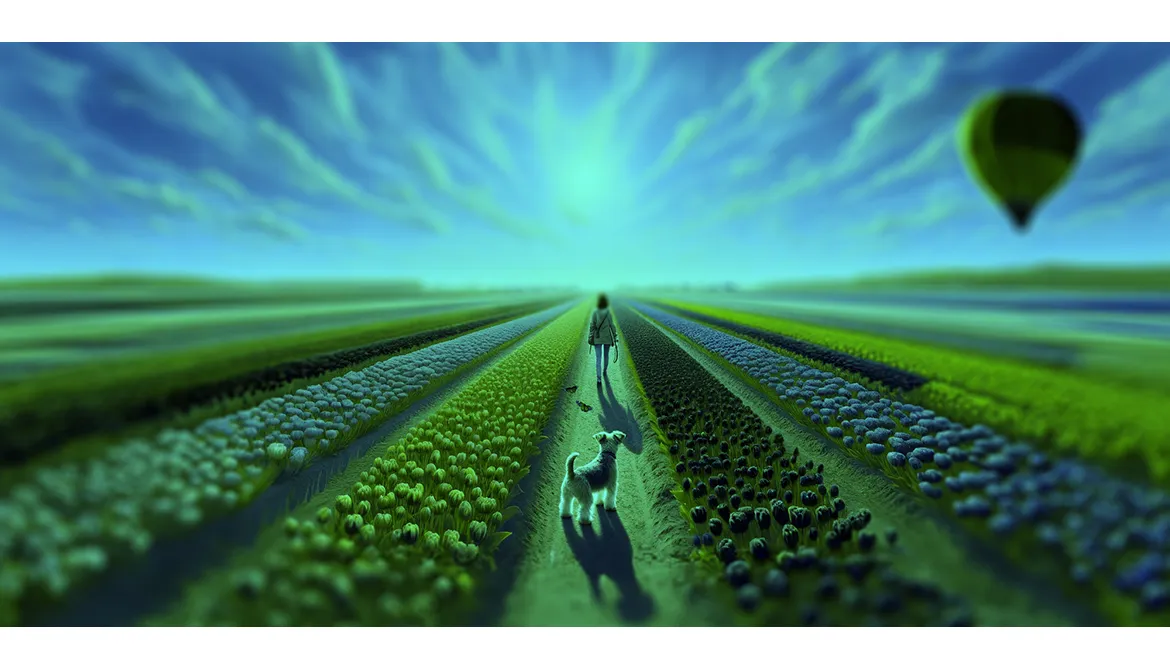
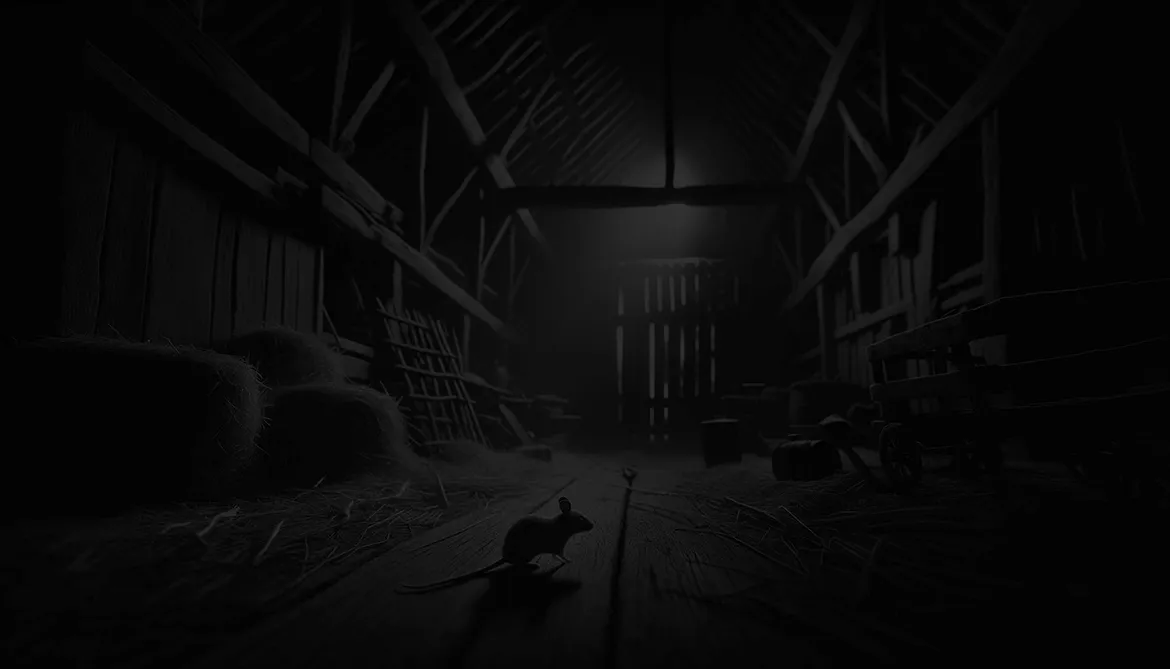

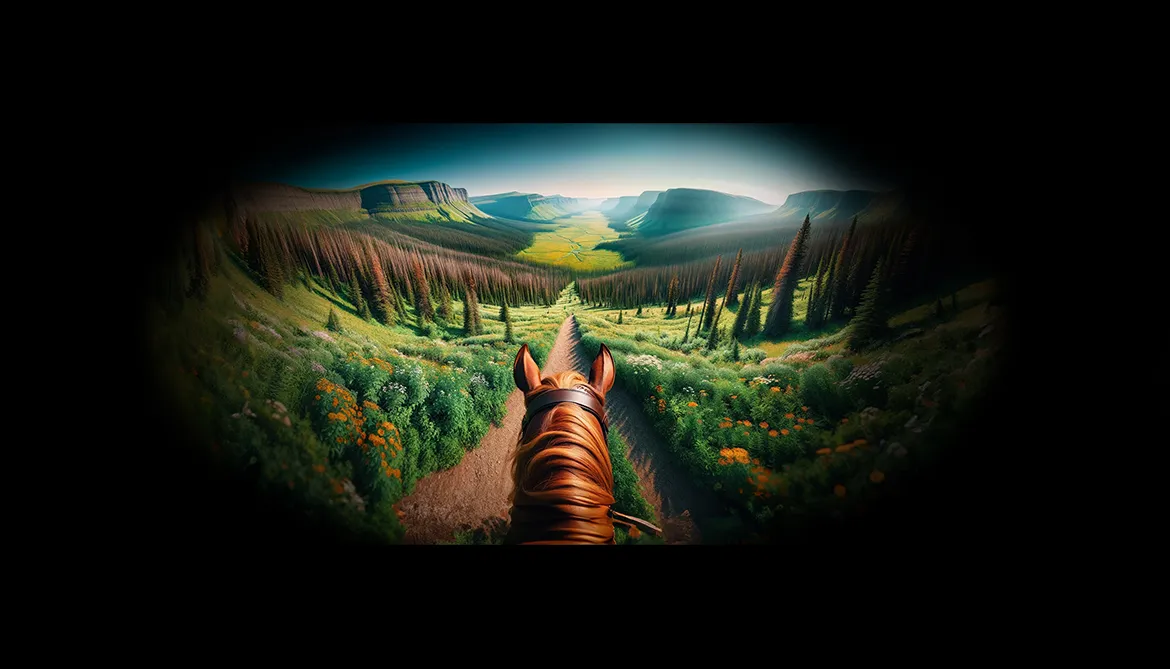
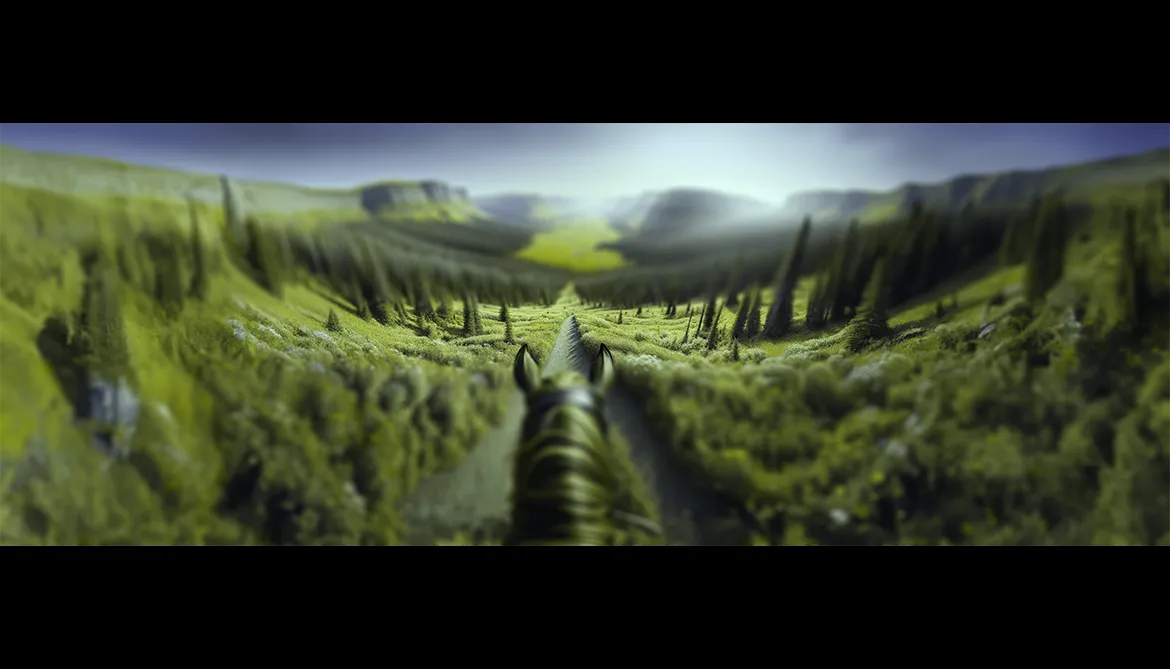
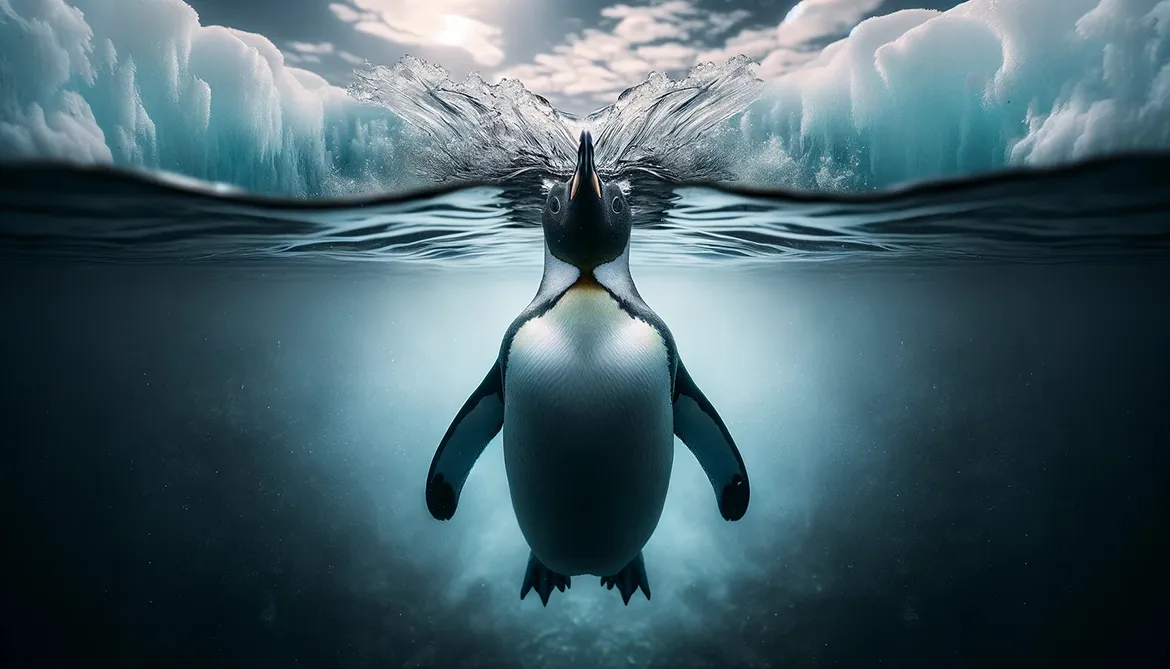



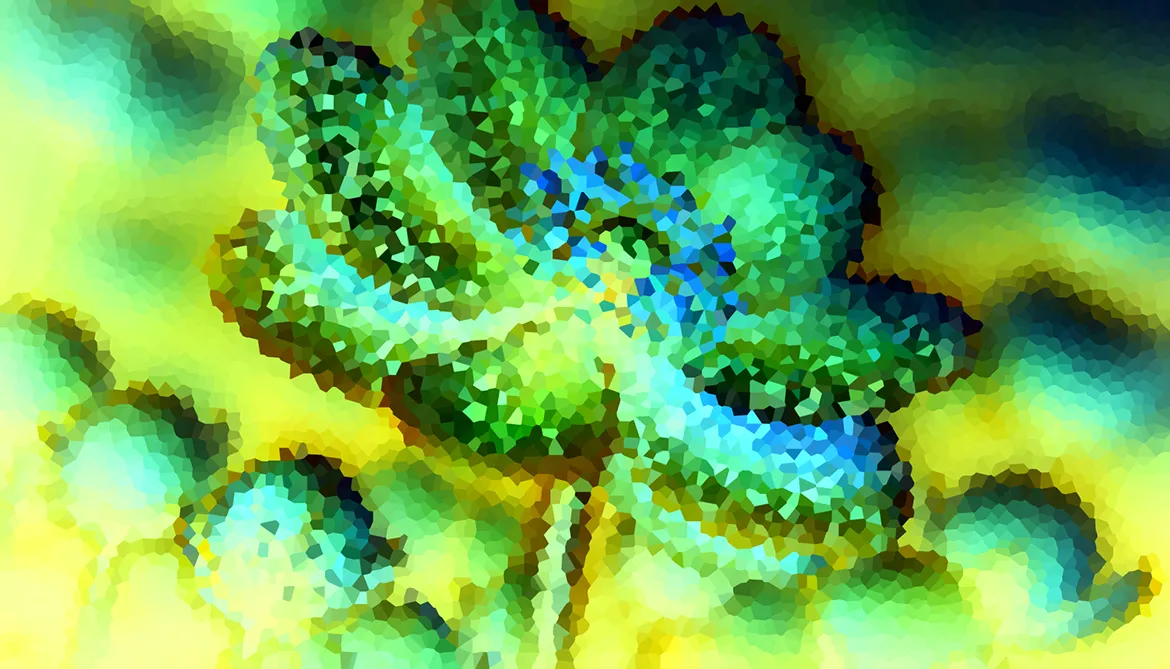
PET OWNERS